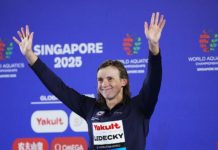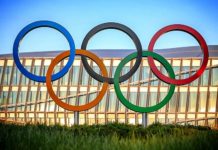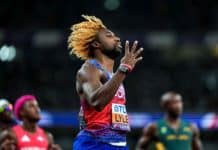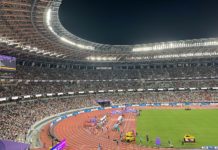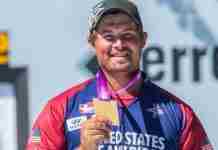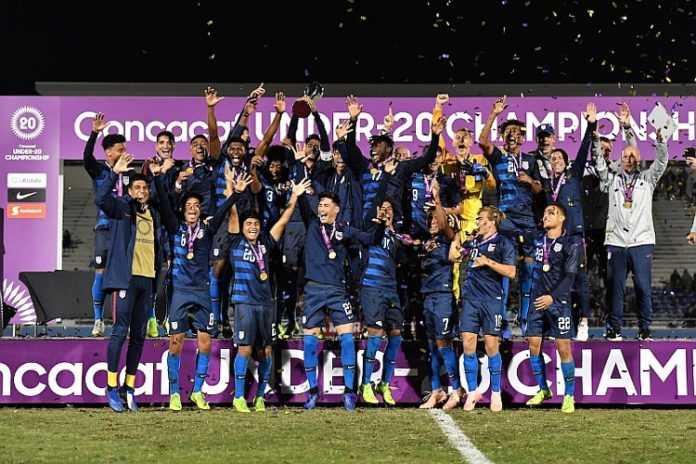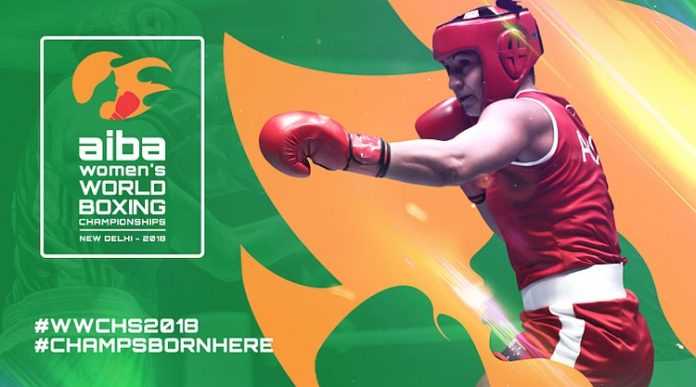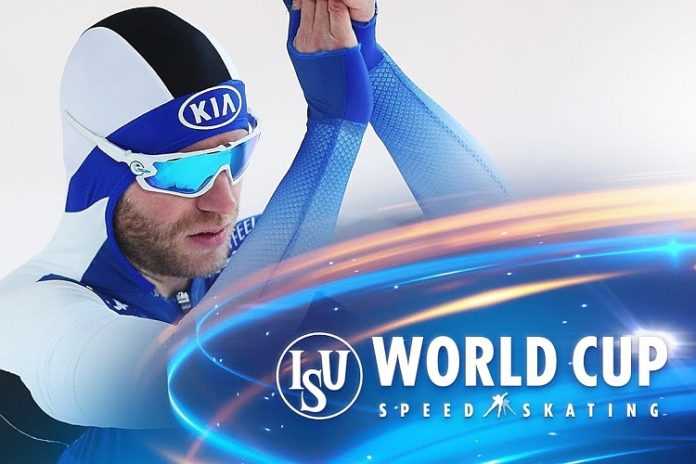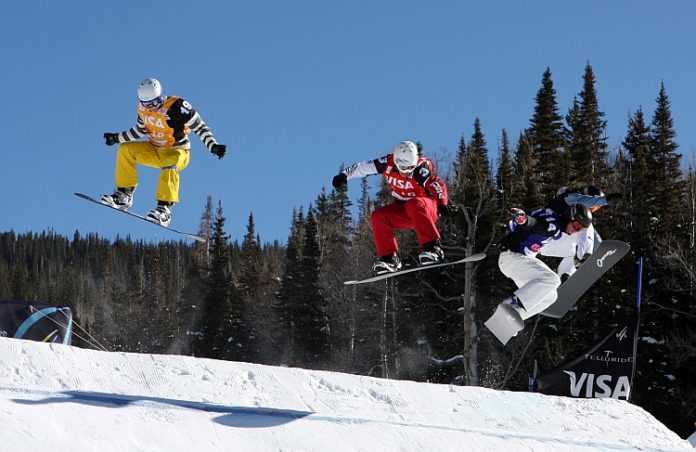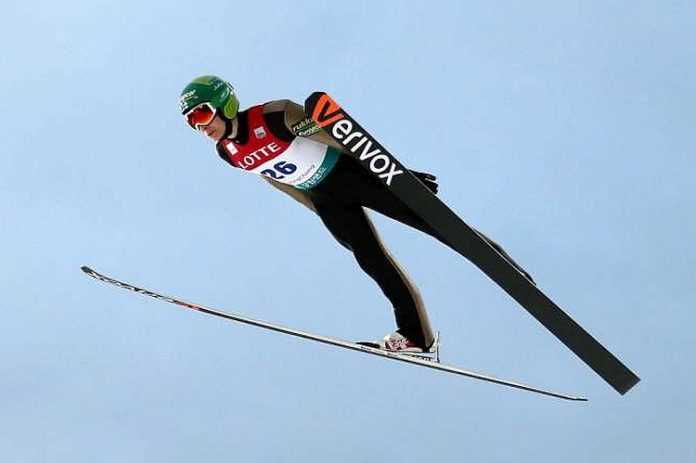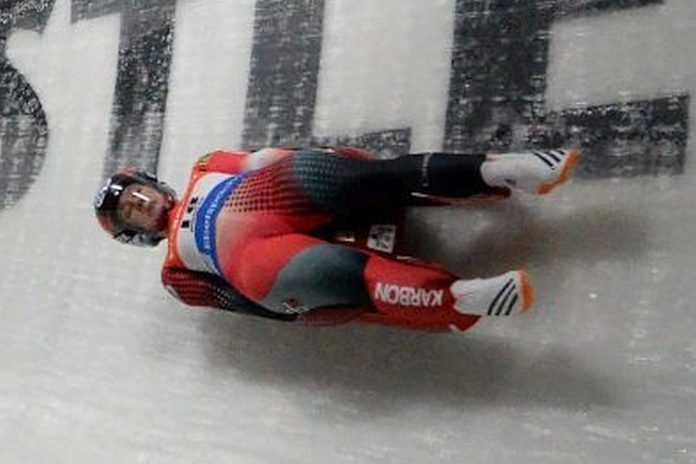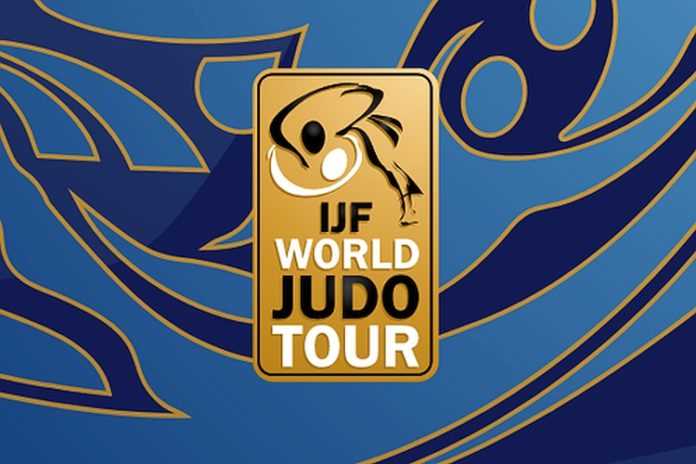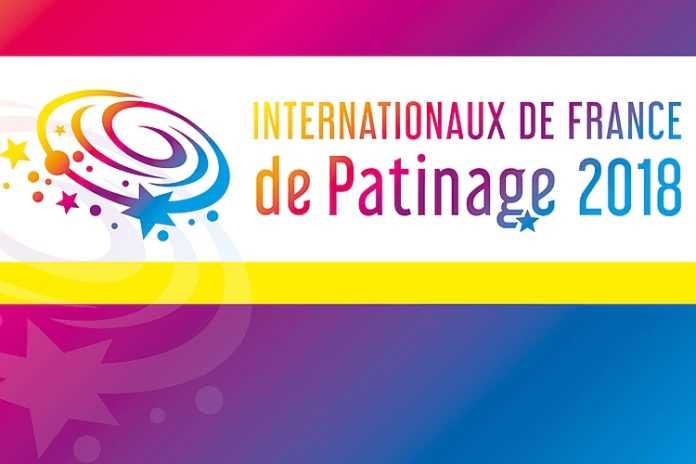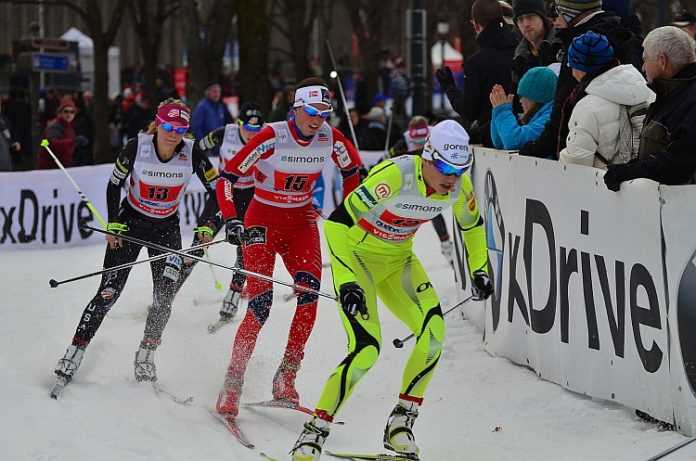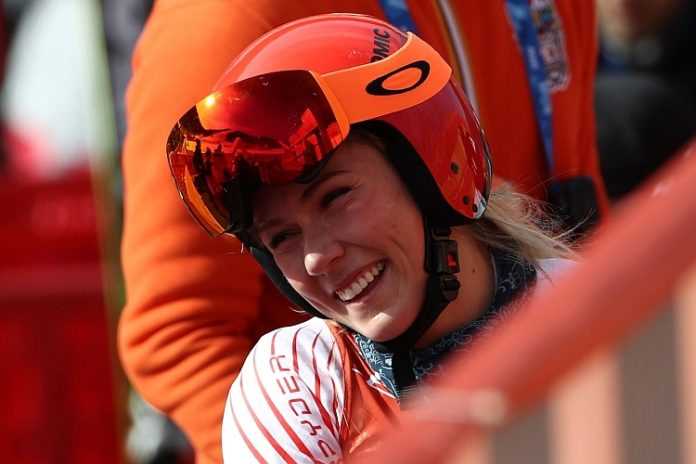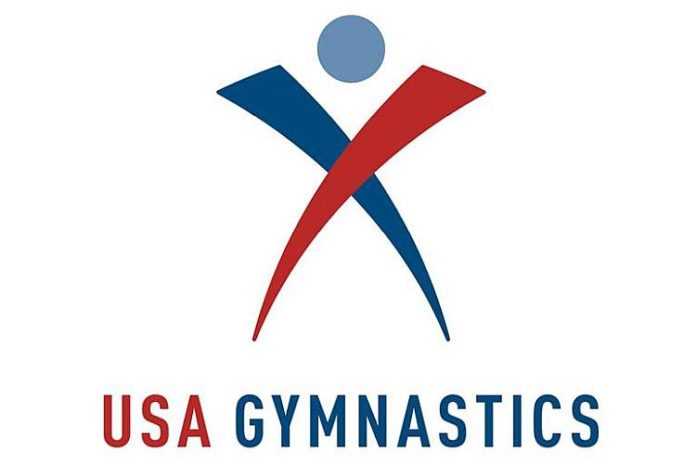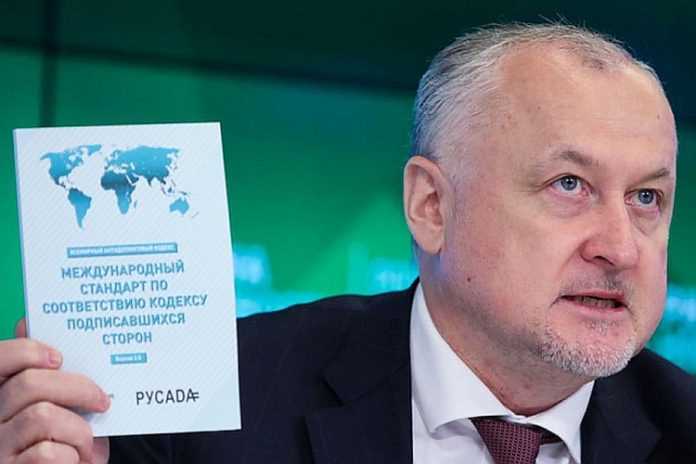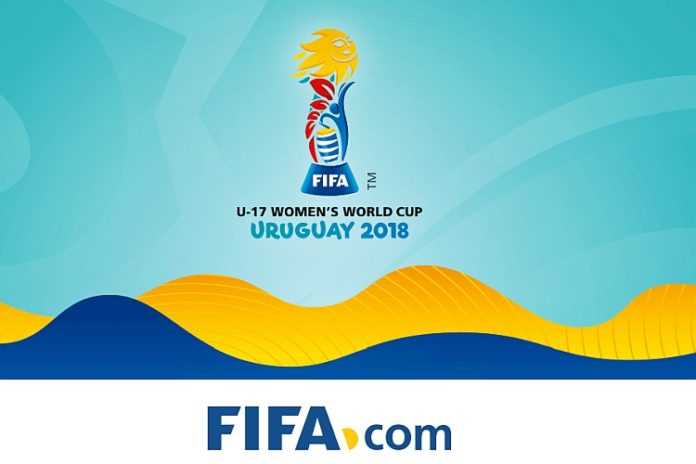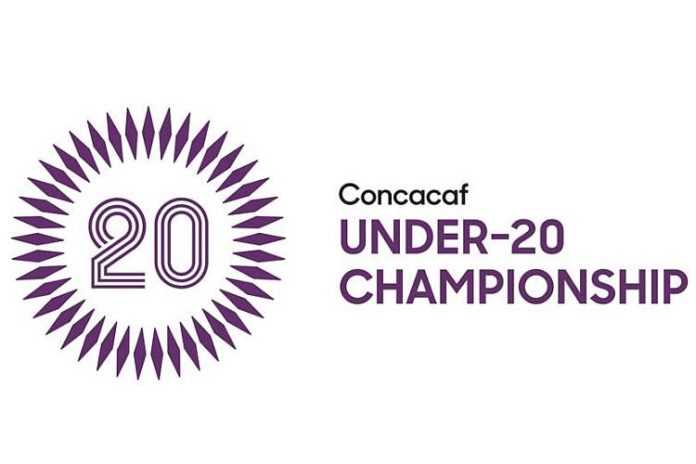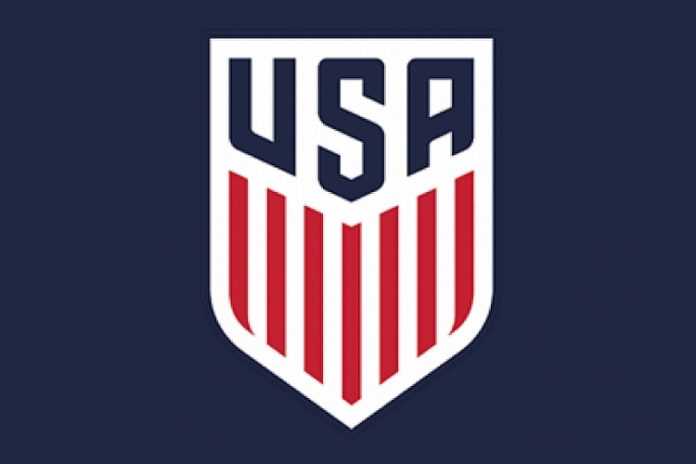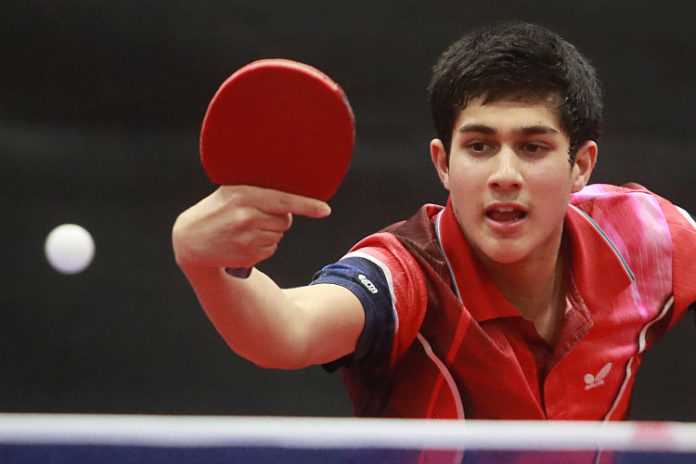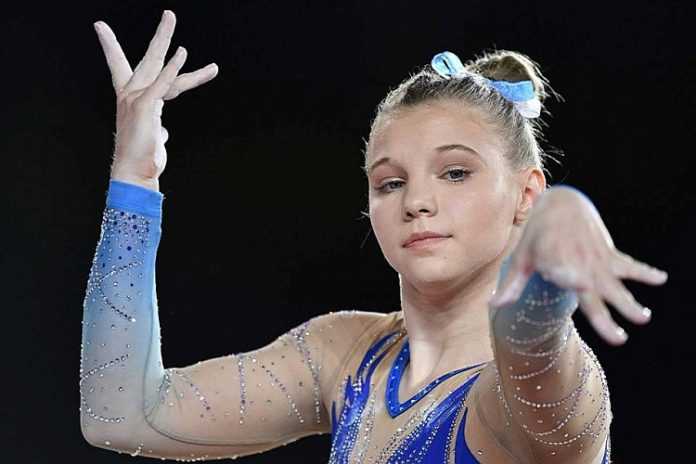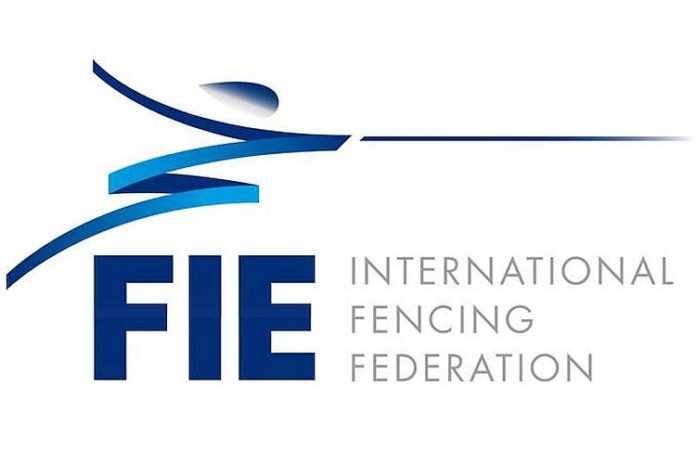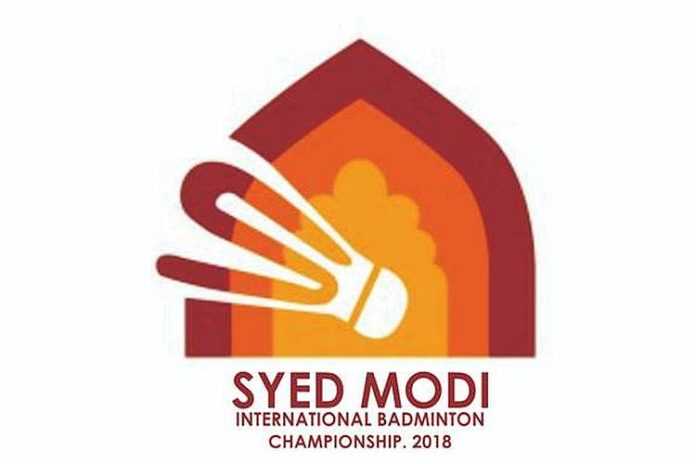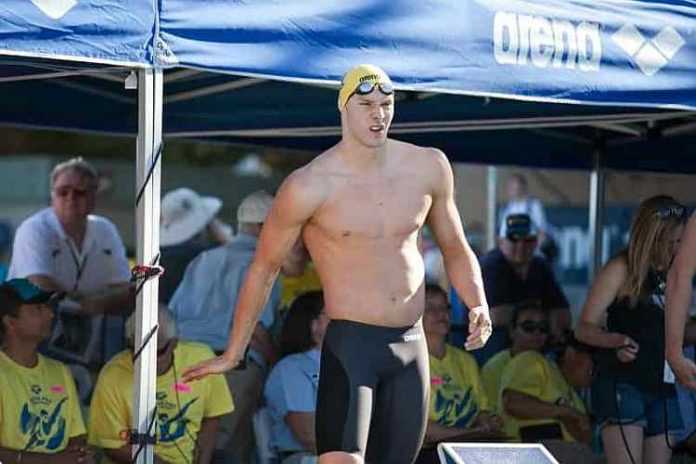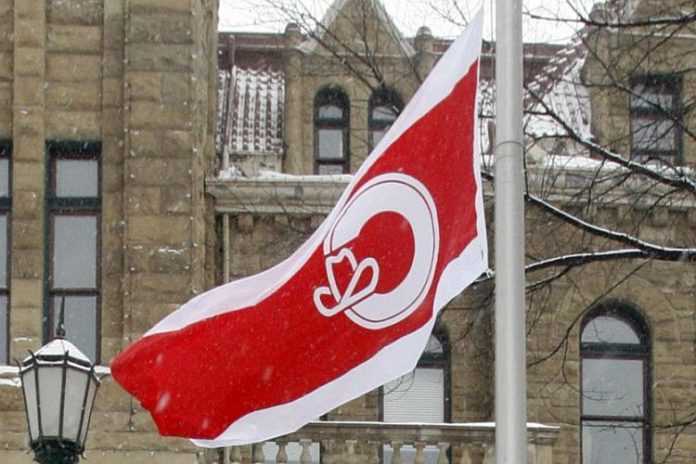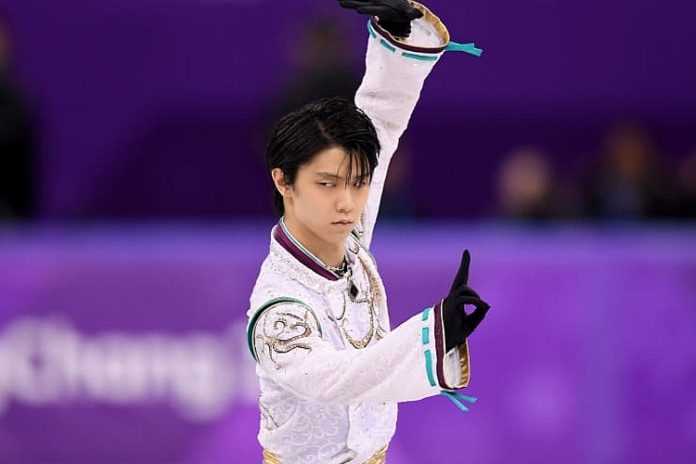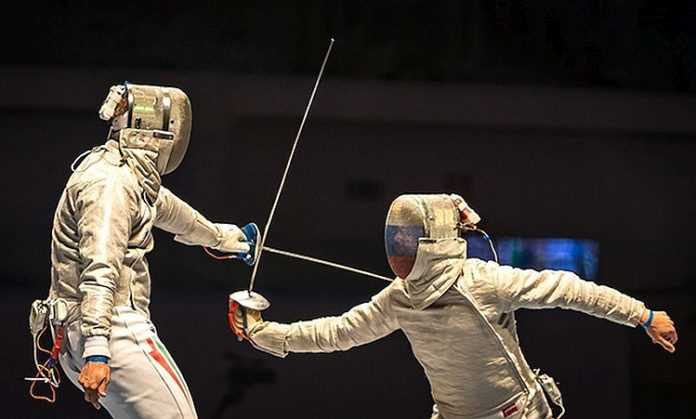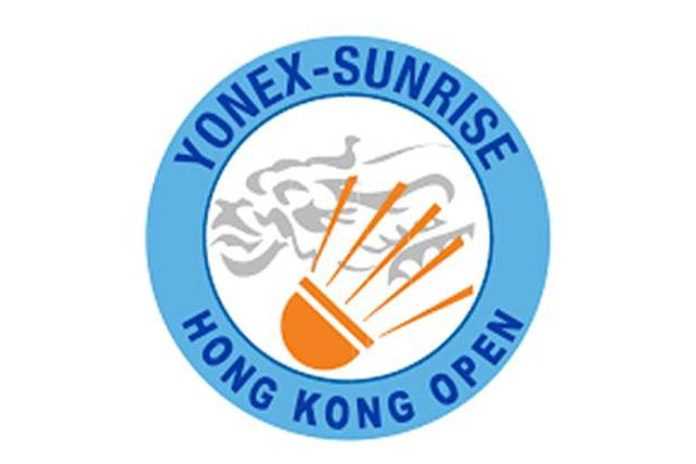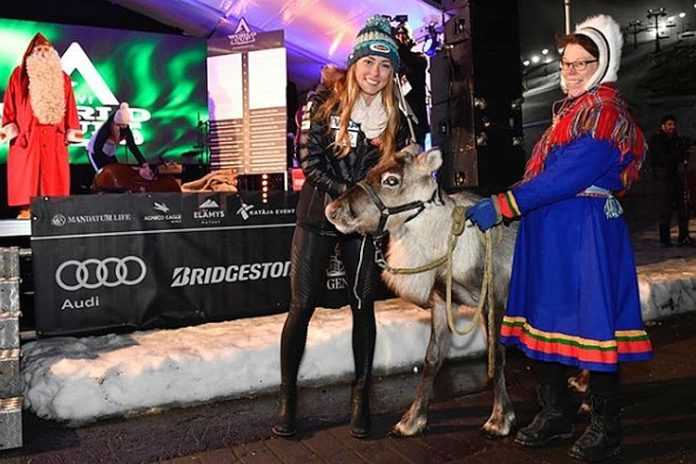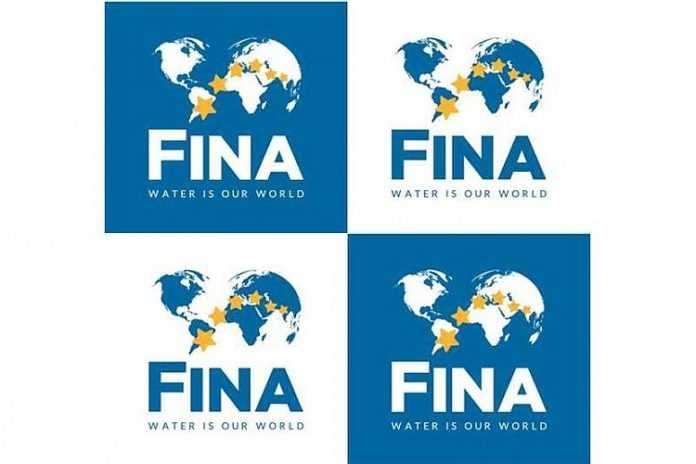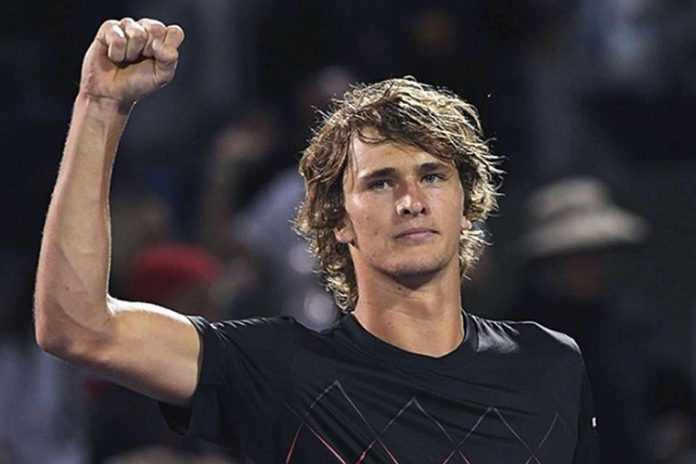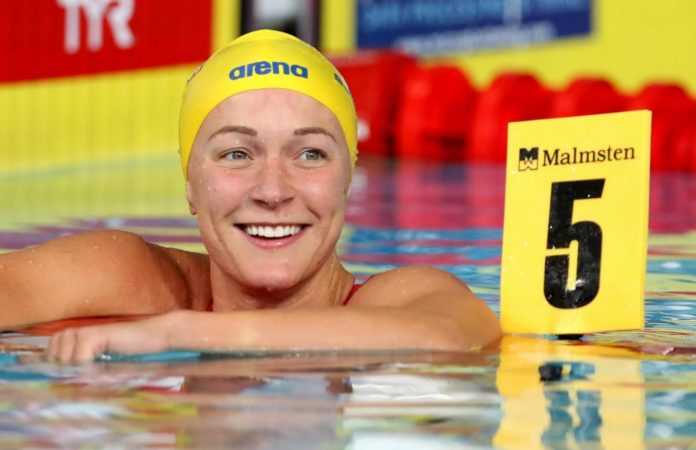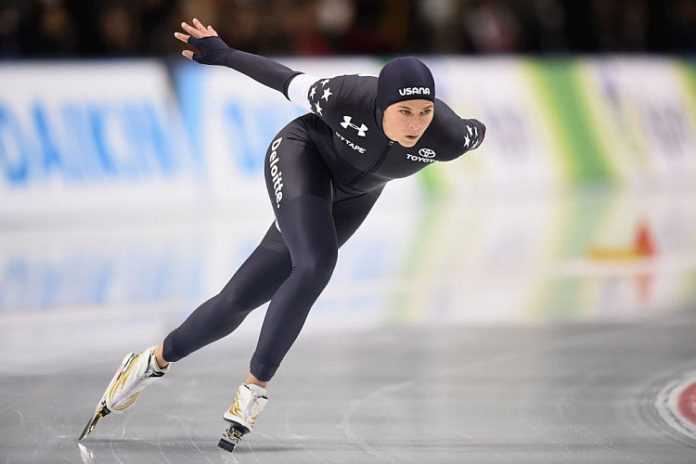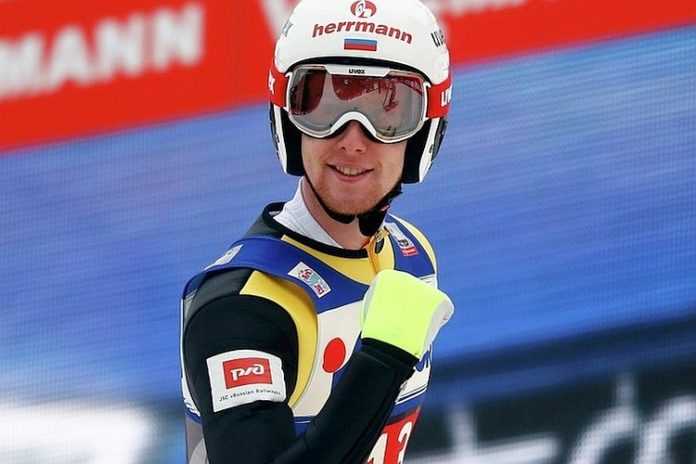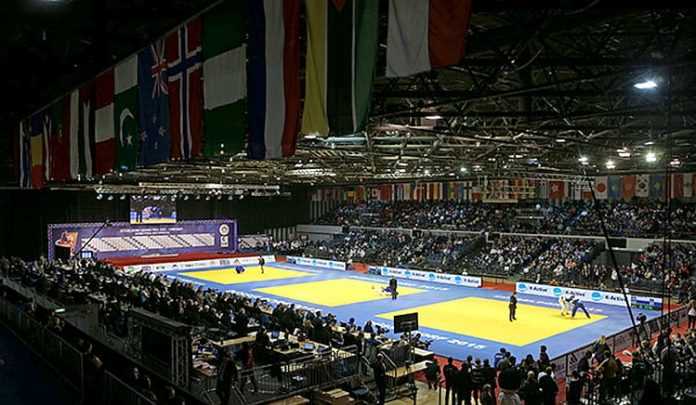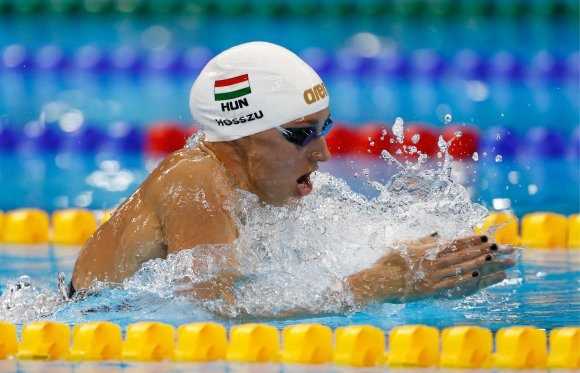Sweden’s Sarah Sjostrom (pictured) won her second consecutive FINA Swimming World Cup title with a dominating performance in the final meet in Singapore.
Leading Hungary’s Katinka Hosszu by only 15 points entering the meet, Sjostrom won five events – the 50-100 m Frees, 50-100 m Flys and the 100 m Medley, the latter over Hosszu – and with the second-best performance on the FINA points table, scored 54 points to finish with 339 to 303 for Hosszu. Sjostrom won the seasonal first prize of $150,000, while Hosszu won $100,000 and Dutch sprint star Ranomi Kromowidjojo came up for third with 255 points, worth $50,000.
Said Sjostrom, “I was waiting for a perfect 100 m Butterfly [on the final day] and the local audience helped me a lot though I am very tired. The victory in the 100 m Freestyle was also boosted by the crazy fans. I couldn’t expect any other better ending like this as I won as the overall ranking of the World Cup this year. Now I will start to celebrate my well-deserved holidays.”
Hosszu also won the third-cluster title with 141 points (worth $50,000) to Sjostrom’s 135 ($35,000) and 126 for Kromowidjojo (126).
The men’s seasonal title was already wrapped up by Russia’s Vladimir Morozov, who won for the second time in the last three years. He also finished with a flourish in Singapore, winning the 50-100 m Frees, 50 m Fly and the 100 m Medley. He ended with 402 points, way ahead of countryman Kirill Prigoda (231) and Australia’s Mitchell Larkin (222). Two Americans, Michael Andrew (201) and Blake Pieroni (183) finished fourth and fifth.
The other big winner in Singapore were China’s Jiayu Xu, who won the men’s 50-100-200 m Backstrokes, the only other athlete to win three golds.
Prize money for the individual events was $1,500-1,000-500-400-300-200 for the top six. The third cluster – Beijing, Tokyo and Singapore – prize purse included payments for the top eight scorers of $50,000-35,000-30,000-20,000-10,000-5,000-4,000-3,000. Summaries:
FINA Swimming World Cup
Singapore (SGP) ~ 15-17 November 2018
(Full results here)
Men
50 m Freestyle: 1. Vladimir Morozov (RUS), 20.48; 2. Michael Andrew (USA), 20.94; 3. Kyle Chalmers (AUS), 21.06. Also: 4. Blake Pieroni (USA), 21.44.
100 m Free: 1. Morozov (RUS), 44.95; 2. Chalmers (AUS), 45.54; 3. Pieroni (USA), 46.26.
200 m Free: 1. Pieroni (USA), 1:41.15; 2. Chalmers (AUS), 1:41.50; 3. Velimir Stjepanovic (SRB), 1:43.32.
400 m Free: 1. Mack Horton (AUS), 3:41.44; 2. Stjepanovic (SRB), 3:41.52; 3. Pieroni (USA), 3:41.94.
1,500 m Free: 1. Horton (AUS), 14:44.22; 2. Jared Gilliland (AUS), 15:01.20; 3. Ming Ho Cheuk (HKG), 15:01.80.
50 m Backstroke: 1. Jiayu Xu (CHN), 22.71; 2. Andrew (USA), 23.11; 3. Christopher Staka (USA), 23.54.
100 m Back: 1. Xu (CHN), 48.98; 2. Mitchell Larkin (AUS), 49.38; 3. Travis Mahoney (AUS), 51.17. Also: 8. Staka (USA), 52.81.
200 m Back: 1. Xu (CHN), 1:48.93; 2. Larkin (AUS), 1:49.26; 3. Yakov Yan Toumarkin (ISR), 1:51.98.
50 m Breaststroke: 1. Ilya Shymanovich (BLR), 25.95; 2. Kirill Prigoda (RUS), 26.01; 3. Peter Stevens (SLO), 26.09. Also: 4. Andrew (USA), 26.10.
100 m Breast: 1. Zibei Yan (CHN), 56.34; 2. Anton Chupkov (RUS), 56.69; 3. Shymanovich (BLR), 56.81.
200 m Breast: 1. Chupkov (RUS), 2:01.73; 2. Prigoda (RUS), 2:01.85; 3. Hiromasa Fujimori (JPN), 2:03.45.
50 m Butterfly: 1. Morozov (RUS), 22.17; 2. Andrew (USA), 22.32; 3. Joseph Schooling (SGP), 22.40.
100 m Fly: 1. Zhuhao Li (CHN), 49.64; 2. Matthew Temple (AUS), 50.60; 3. Yauhen Tsurkin (BLR), 50.66.
200 m Fly: 1. Li (CHN), 1:50.96; 2. Kuan-Hung Wang (TPE), 1:52.38; 3. Masayuki Umemoto (JPN), 1:52.72.
100 m Medley: 1. Morozov (RUS), 50.31; 2. Andrew (USA), 51.16; 3. Shun Wang (CHN), 51.62.
200 m Medley: 1. Wang (CHN), 1:51.84; 2. Larkin (AUS), 1:52.21; 3. Fujimori (JPN), 1:53.86.
400 m Medley: 1. Wang (CHN), 3:59.99; 2. Fujimori (JPN), 4:03.54; 3. David Verraszto (HUN), 4:04.21.
Final seasonal standings: 1. Vladimir Morozov (RUS), 402; 2. Kirill Prigoda (RUS), 231; 3. Mitchell Larkin (AUS), 222; 4. Michael Andrew (USA), 202; 5. Blake Pieroni (USA), 183.
Women
50 m Freestyle: 1. Sarah Sjostrom (SWE), 23.21; 2. Ranomi Kromowidjojo (NED), 23.46; 3. Pernille Blume (DEN), 23.67.
100 m Free: 1. Sjostrom (SWE), 51.13; 2. Femke Heemskerk (NED), 51.29; 3. Kromowidjojo (NED), 51.56.
200 m Free: 1. Heemskerk (NED), 1:52.57; 2. Madison Wilson (AUS), 1:56.15; 3. Yaxin Liu (CHN), 1:56.20.
400 m Free: 1. Reva Foos (GER), 4:07.07; 2. Boglarka Kapas (HUN), 4:08.10; 3. Wilson (AUS), 4:08.51.
800 m Free: 1. Heemskerk (NED), 8:33.00; 2. Nam Wai Ho (HKG), 8:35.38; 3. Elisbet Gamez Matos (CUB), 8:41.88.
50 m Backstroke: 1. Kira Toussaint (NED), 26.04; 2. Emily Seebohm (AUS), 26.13; 3. Kromowidjojo (NED), 26.25.
100 m Back: 1. Toussaint (NED), 55.92; 2. Minna Atherton (AUS), 56.21; 3. Seebohm (AUS), 56.47. Also: 4. Hosszu (HUN), 56.66.
200 m Back: 1. Seebohm (AUS), 2:01.60; 2. Atherton (AUS), 2:02.20; 3. Hosszu (HUN), 2:03.43.
50 m Breaststroke: 1. Alia Atkinson (JAM), 28.93; 2. Seebohm (AUS), 30.25; 3. Vitalina Simonova (RUS), 31.11.
100 m Breast: 1. Atkinson (JAM), 1:02.74; 2. Yuliya Efimova (RUS), 1:03.58; 3. Simonova (RUS), 1:05.53.
200 m Breast: 1. Efimova (RUS), 2:16.05; 2. Shiwen Ye (CHN), 2:18.39; 3. Simonova (RUS), 2:20.96.
50 m Butterfly: 1. Sjostrom (SWE), 24.63; 2. Kromowidjojo (NED), 24.64; 3. Tayla Lovemore (RSA), 25.54.
100 m Fly: 1. Sjostrom (SWE), 55.73; 2. Lovemore (RSA), 56.95; 3. Xintong Lin (CHN), 58.29.
200 m Fly: 1. Hosszu (HUN), 2:02.86; 2. Yufei Zhang (CHN), 2:03.93; 3. Alexandra Wenk (GER), 2:08.60.
100 m Medley: 1. Sjostrom (SWE), 57.49; 2. Hosszu (HUN), 57.56; 3. Seebohm (AUS), 58.52.
200 m Medley: 1. Hosszu (HUN), 2:04.79; 2. Seebohm (AUS), 2:06.95; 3. Siobhan O’Connor (GBR), 2:07.95.
400 m Medley: 1. Hosszu (HUN), 4:24.02; 2. Kapas (HUN), 4:38.03; 3. Simonova (RUS), 4:43.91.
Final seasonal standings: 1. Sarah Sjostrom (SWE), 339; 2. Katinka Hosszu (HUN), 303; 3. Ranomi Kromowidjojo (NED), 255; 4. Yuliya Efimova (RUS), 255; 5. Femke Heemskerk (NED), 198.
Mixed
4×50 m Freestyle: 1. Australia (Townsend, Chalmers, Wilson, Seebohm), 1:31.57; 2. Singapore, 1:33.14; 3. Hong Kong, 1:34.18.
4×50 m Medley: 1. Australia (Atherton, Wilson, Seebohm, Chalmers), 1:39.69; 2. Singapore, 1:42.21; 3. Hong Kong, 1:43.30.


